How to Start a Herb Spiral Garden for Efficient Herb Growing
If you are a herb enthusiast and want to grow your herbs at home, a herb spiral garden is a perfect solution. A herb spiral garden is an efficient way of growing a variety of herbs in a small space. It is a spiral-shaped garden bed that is designed in a way that allows you to plant herbs in different areas of the spiral, based on their sunlight and water requirements. The herb spiral garden is not only functional but also visually appealing, making it a great addition to any backyard or patio.
Benefits of a Herb Spiral Garden
There are several benefits of a herb spiral garden, including:
- Efficient use of space
- Easy to access herbs
- Provides different microclimates for different herbs
- Improves drainage
- Reduces water usage
- Creates a focal point in your garden
Steps to Building a Herb Spiral Garden
Building a herb spiral garden is relatively easy and can be done in a weekend. Here are the steps to follow:
- Find a suitable location
- Mark out the spiral shape
- Build the garden bed
- Add soil and compost
- Plant your herbs
By following these steps, you can create a beautiful and functional herb spiral garden that will provide you with fresh herbs all year round.
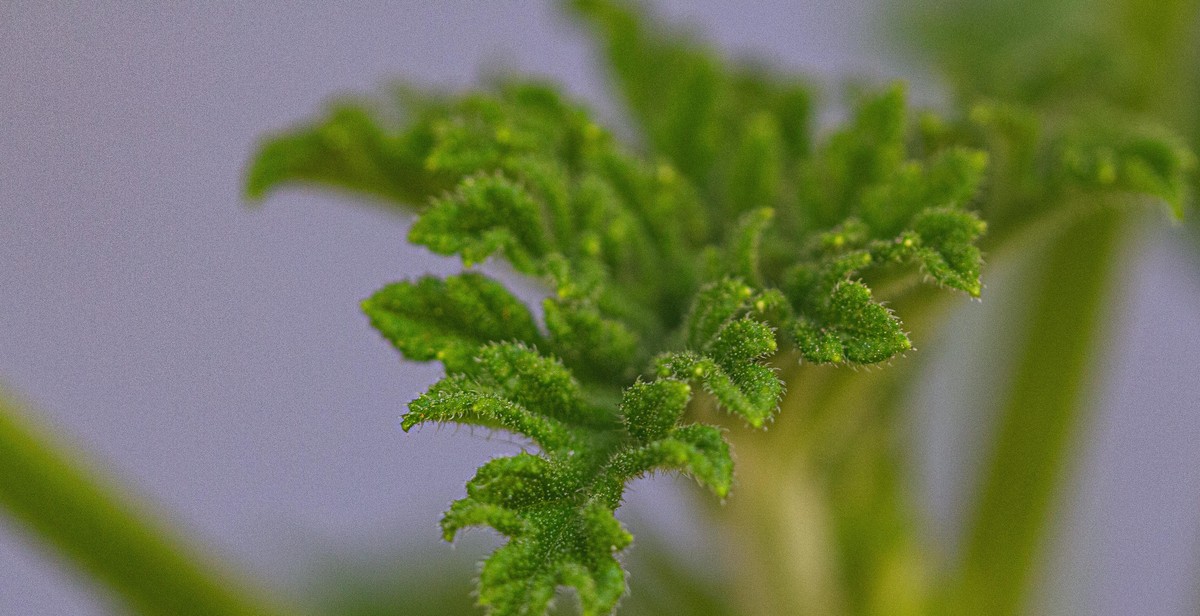
What is a Herb Spiral Garden?
A herb spiral garden is a unique and innovative way of growing herbs in a spiral-shaped design. The spiral design is an efficient use of space that allows gardeners to grow a variety of herbs in a small area.
Design
The design of a herb spiral garden is simple but effective. It consists of a spiral-shaped raised bed that is usually made of stone, brick or wood. The spiral shape creates microclimates that allow for a variety of herbs to be grown in different conditions. The top of the spiral is the driest and sunniest, while the bottom is the wettest and shadiest. This allows for a wide range of herbs to be grown in one small space.
Benefits
There are many benefits to growing herbs in a spiral garden. First, the spiral design allows for efficient use of space, making it ideal for small gardens or urban areas. Second, the microclimates created by the spiral shape allow for a variety of herbs to be grown in different conditions. Third, the raised bed design of the herb spiral garden allows for better drainage and prevents soil compaction. Fourth, the spiral shape makes it easy to access all the herbs without having to bend over or reach awkwardly. Finally, the herb spiral garden is a beautiful and unique addition to any garden.
| Top of Spiral | Middle of Spiral | Bottom of Spiral |
|---|---|---|
| Thyme | Basil | Parsley |
| Oregano | Chives | Mint |
| Marjoram | Sage | Cilantro |

Choosing the Right Location
The location of your herb spiral garden plays a crucial role in the success of your herb-growing endeavor. Here are two factors you need to consider when choosing a location:
Sunlight Requirements
Most herbs require at least 6 hours of sunlight per day to thrive. Therefore, it’s important to choose a location that receives ample sunlight throughout the day. In general, a south-facing location is ideal for herb spiral gardens because it receives the most sunlight. However, if you live in a hot climate, you may want to consider a location that gets some shade during the hottest part of the day to prevent your herbs from wilting.
Drainage
Good drainage is essential for the health of your herbs. If the soil in your herb spiral garden is constantly waterlogged, your herbs’ roots can rot, and they may not survive. Therefore, it’s important to choose a location that has good drainage. Avoid areas that are prone to flooding or have compacted soil. If your chosen location has poor drainage, consider building a raised bed or adding organic matter to improve the soil’s drainage.
By considering these factors, you can choose the right location for your herb spiral garden and ensure that your herbs will grow efficiently.
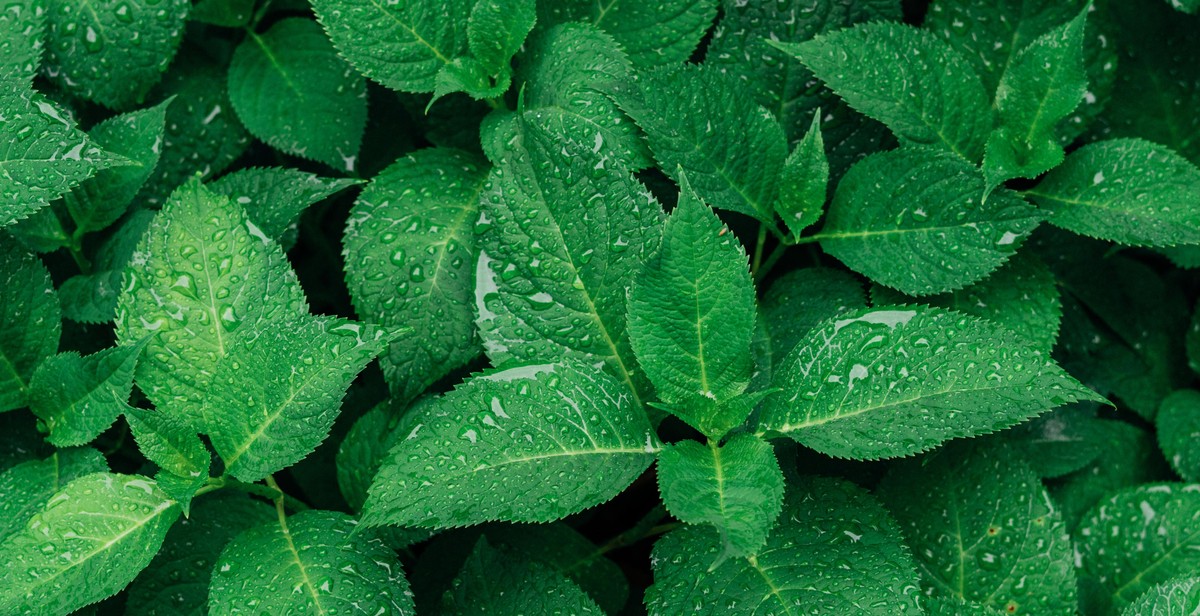
Materials Needed
Bricks or Stones
Bricks or stones are essential for building the herb spiral garden. You will need about 30-40 bricks or stones depending on the size of the spiral garden you want to build. The bricks or stones should be of uniform size and shape to ensure stability. You can choose any type of bricks or stones as long as they are durable and can withstand different weather conditions.
Soil
The soil you use in your herb spiral garden should be rich in nutrients and have good drainage. You can use a combination of topsoil, sand, and compost to create the perfect soil for your herbs to thrive. The amount of soil you need will depend on the size of your herb spiral garden. A small garden will require about 4-5 cubic feet of soil, while a larger one will require more.
Compost
Compost is an essential ingredient for the soil in your herb spiral garden. Compost helps to enrich the soil with essential nutrients that your herbs need to grow healthy and strong. You can make your own compost using kitchen scraps, yard waste, and other organic materials, or you can purchase it from a garden center. You will need about 1-2 cubic feet of compost for a small herb spiral garden and more for a larger one.
| Materials | Quantity |
|---|---|
| Bricks or Stones | 30-40 (depending on size) |
| Soil | 4-5 cubic feet (for small garden) |
| Compost | 1-2 cubic feet (for small garden) |

Building the Herb Spiral Garden
Now that you have chosen the perfect location for your herb spiral garden, it’s time to start building. Follow these step-by-step instructions to create a beautiful and efficient herb garden:
Step 1: Gather Your Materials
Before you begin, make sure you have all the necessary materials. You will need:
- Bricks, stones, or blocks
- Soil
- Compost
- Herb plants or seeds
- Garden gloves and tools
Step 2: Mark the Spiral Shape
Use a rope or hose to mark the spiral shape of your garden. Start at the center and spiral outwards, making sure the width of each level is wide enough to accommodate your plants.
Step 3: Build the Garden
Begin building the garden by laying the first row of bricks or stones, following the spiral shape. Continue building up each level, adding soil and compost as you go. Make sure each level is slightly higher than the previous one, creating a slope for proper drainage.
Step 4: Plant Your Herbs
Once your garden is built, it’s time to plant your herbs. Choose herbs that will thrive in your climate and that you will use often. Plant taller herbs towards the center of the spiral and smaller herbs towards the outer edges.
Step 5: Water and Maintain
Water your herb spiral garden regularly, making sure the soil stays moist but not waterlogged. Remove any weeds or dead plants as soon as you notice them. Your herb spiral garden will provide fresh herbs for cooking and medicinal purposes for years to come.
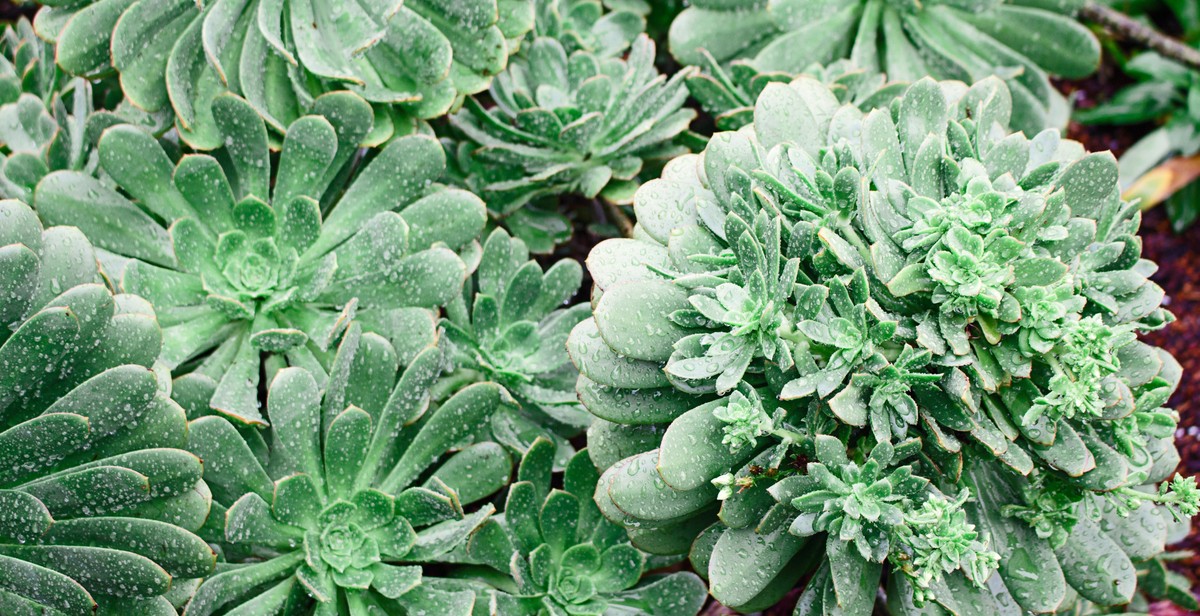
Planting Your Herbs
Now that you have chosen the herbs you want to grow, it is time to start planting them in your herb spiral garden. Here are some tips to ensure that your herbs thrive:
Choosing Herbs
When choosing herbs, it is important to consider their growth habits and sun requirements. Some herbs, such as basil and parsley, prefer full sun, while others, like mint and chives, can tolerate partial shade. It is also important to consider the space each herb needs to grow. For example, mint can quickly take over a garden if not contained, so it is best to plant it in a separate container or in an area where it won’t spread too much.
Planting Tips
When planting your herbs, make sure to loosen the soil and remove any weeds or debris. Dig a hole that is slightly larger than the root ball of your herb and gently place it in the hole. Backfill with soil and lightly tamp it down. Water your herbs immediately after planting to help them establish their roots.
It is also important to consider the placement of your herbs in the herb spiral garden. Herbs that prefer full sun should be planted on the top of the spiral, while those that prefer partial shade can be planted on the lower levels. This will help ensure that each herb gets the amount of sun it needs to thrive.
Finally, consider using companion planting to help your herbs grow more efficiently. For example, planting basil next to tomatoes can help repel pests and improve the flavor of the tomatoes.
By following these tips, you can create a thriving herb spiral garden that will provide you with fresh herbs all season long.
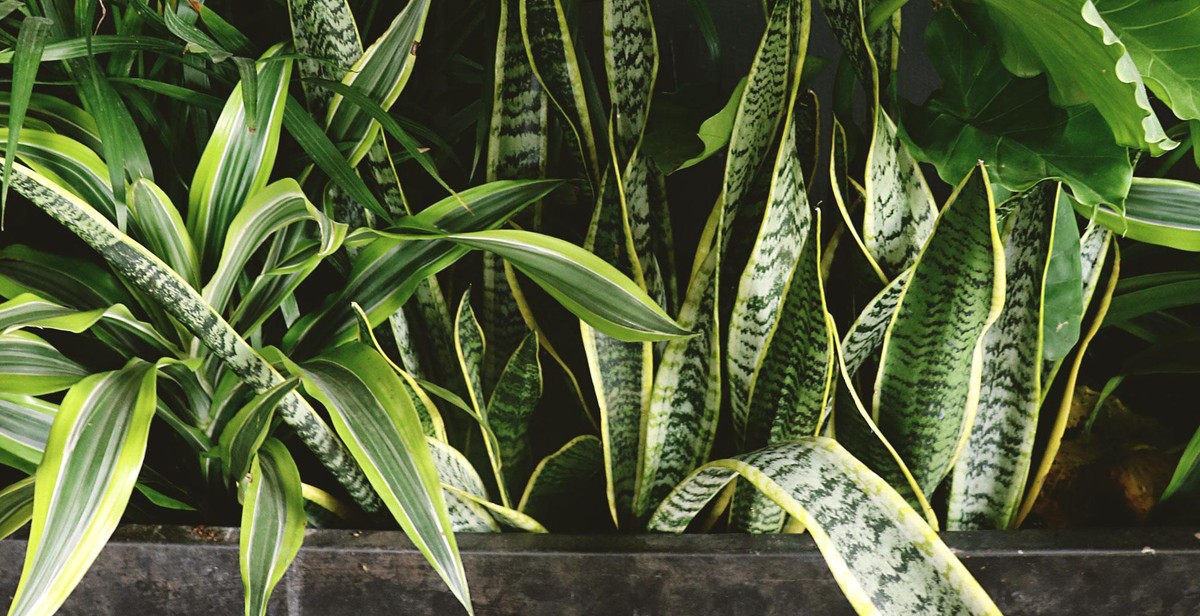
Maintaining Your Herb Spiral Garden
After successfully creating your herb spiral garden, it is important to maintain it properly to ensure efficient herb growth. Here are some tips on watering and fertilizing your herb spiral garden:
Watering Tips
Herb spiral gardens require regular watering to keep the soil moist. However, it is important not to over water your herbs as this can lead to root rot and other issues. Here are some tips to help you water your herb spiral garden effectively:
- Water your herb spiral garden in the early morning or late afternoon to avoid evaporation.
- Use a watering can or hose with a spray nozzle to water your herbs gently and avoid damaging the plants.
- Check the moisture level of the soil regularly by inserting your finger into the soil. If the top inch of soil feels dry, it’s time to water your herbs.
- Water your herb spiral garden deeply once or twice a week, rather than shallowly every day.
Fertilizing Tips
To ensure your herbs are getting the nutrients they need to grow and thrive, it’s important to fertilize your herb spiral garden regularly. Here are some tips to help you fertilize your herbs:
- Use organic fertilizers such as compost or worm castings to avoid chemical buildup in your soil.
- Fertilize your herb spiral garden once a month during the growing season.
- Spread the fertilizer evenly around the plants and gently work it into the soil.
- Avoid fertilizing your herbs during hot, dry weather as this can damage the plants.
| Watering Tips | Fertilizing Tips |
|---|---|
| Water in the morning or late afternoon | Use organic fertilizers |
| Water deeply once or twice a week | Fertilize once a month during growing season |
| Check soil moisture regularly | Spread fertilizer evenly around plants |
| Avoid over watering | Avoid fertilizing during hot, dry weather |
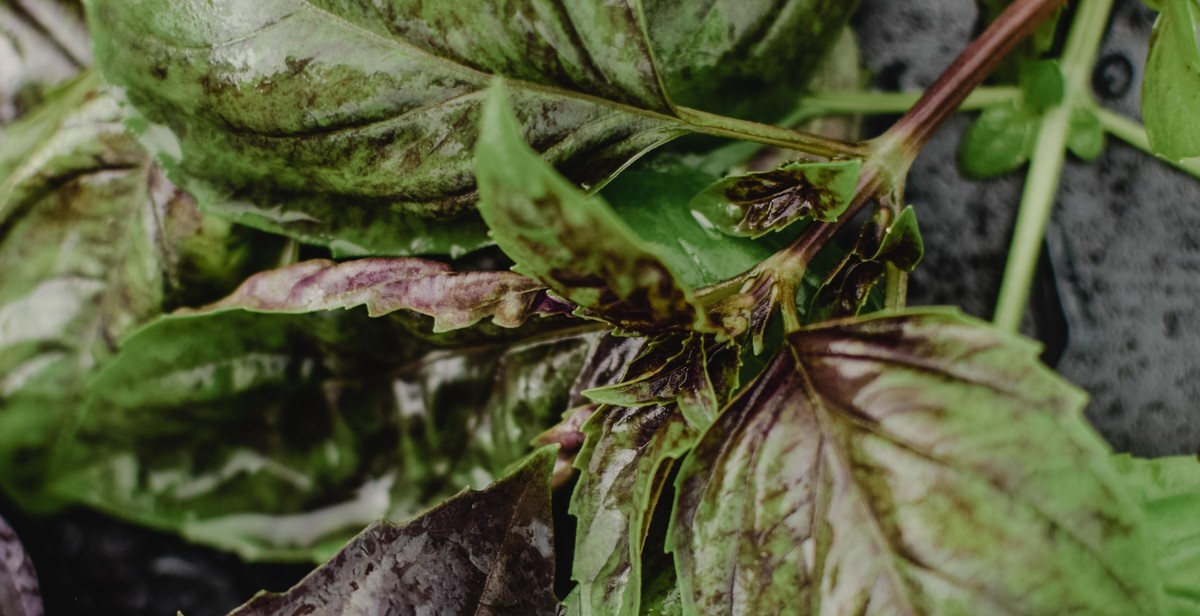
Harvesting Your Herbs
Harvesting your herbs at the right time is crucial to ensure maximum flavor and potency. Here are some tips for harvesting your herbs:
When to Harvest
The best time to harvest your herbs is in the morning, after the dew has dried but before the sun is too hot. This is when the essential oils are at their highest concentration, giving your herbs the most flavor and potency.
How to Harvest
When harvesting your herbs, it’s important to use sharp scissors or pruning shears to avoid damaging the plant. Cut the stems just above a set of leaves to encourage new growth. For herbs with delicate leaves, such as basil and parsley, pinch off the leaves at the stem.
Here are some specific tips for harvesting common herbs:
| Herb | Harvesting Tips |
|---|---|
| Basil | Pinch off leaves just above a set of leaves. Avoid cutting the main stem. |
| Parsley | Pinch off individual leaves or cut the entire stem just above the base. |
| Mint | Cut the stem just above a set of leaves. Avoid cutting the main stem. |
Remember to always harvest your herbs in moderation, taking only what you need. This will encourage new growth and ensure a steady supply of fresh herbs throughout the season.
